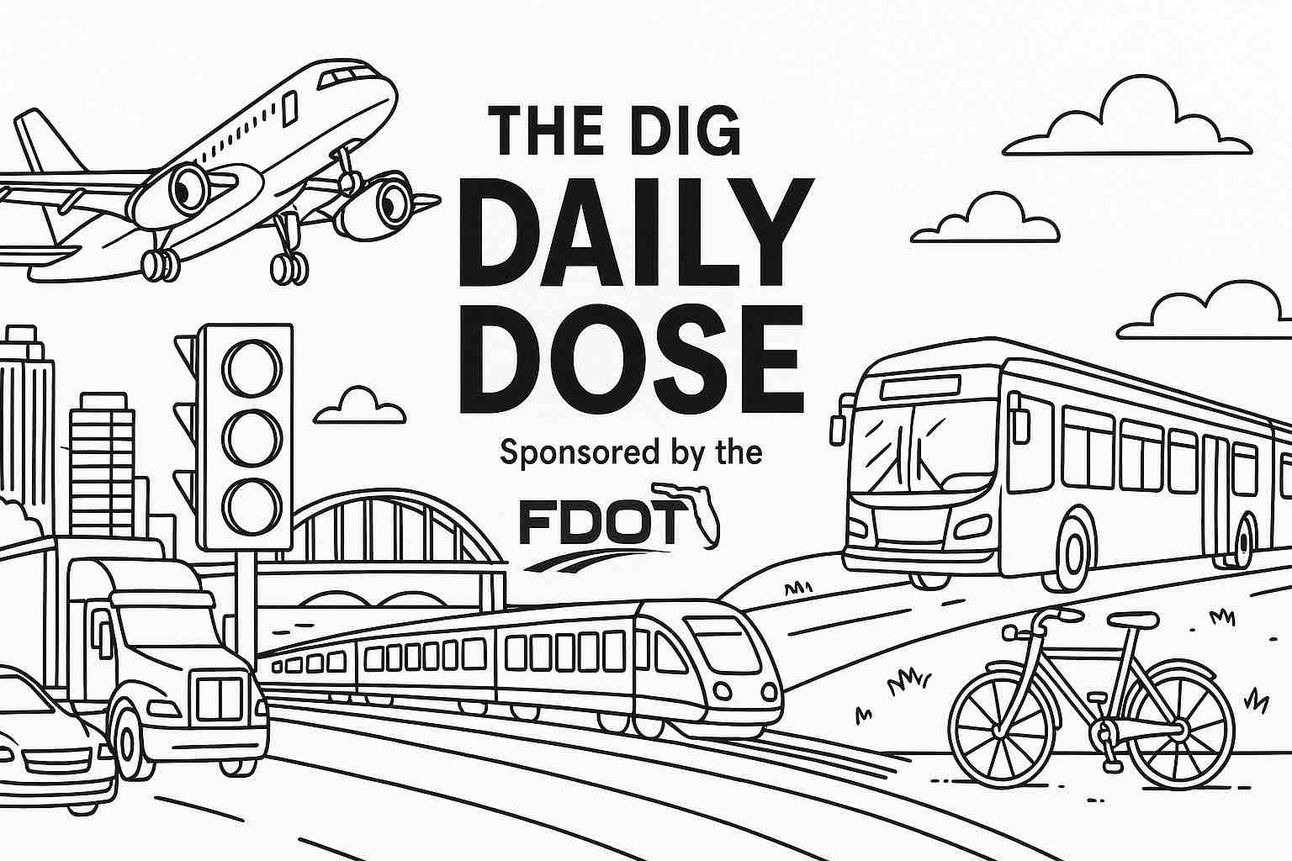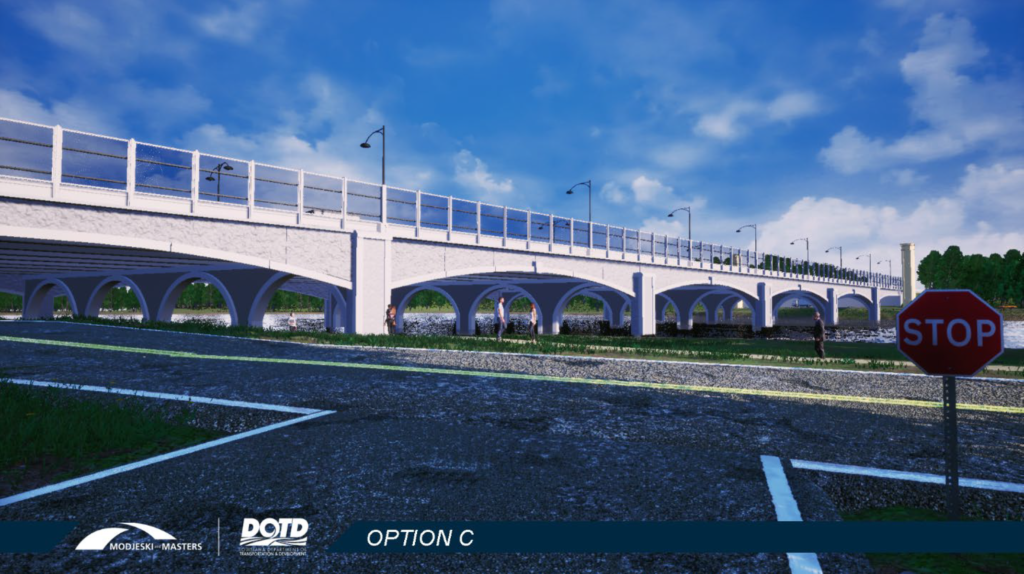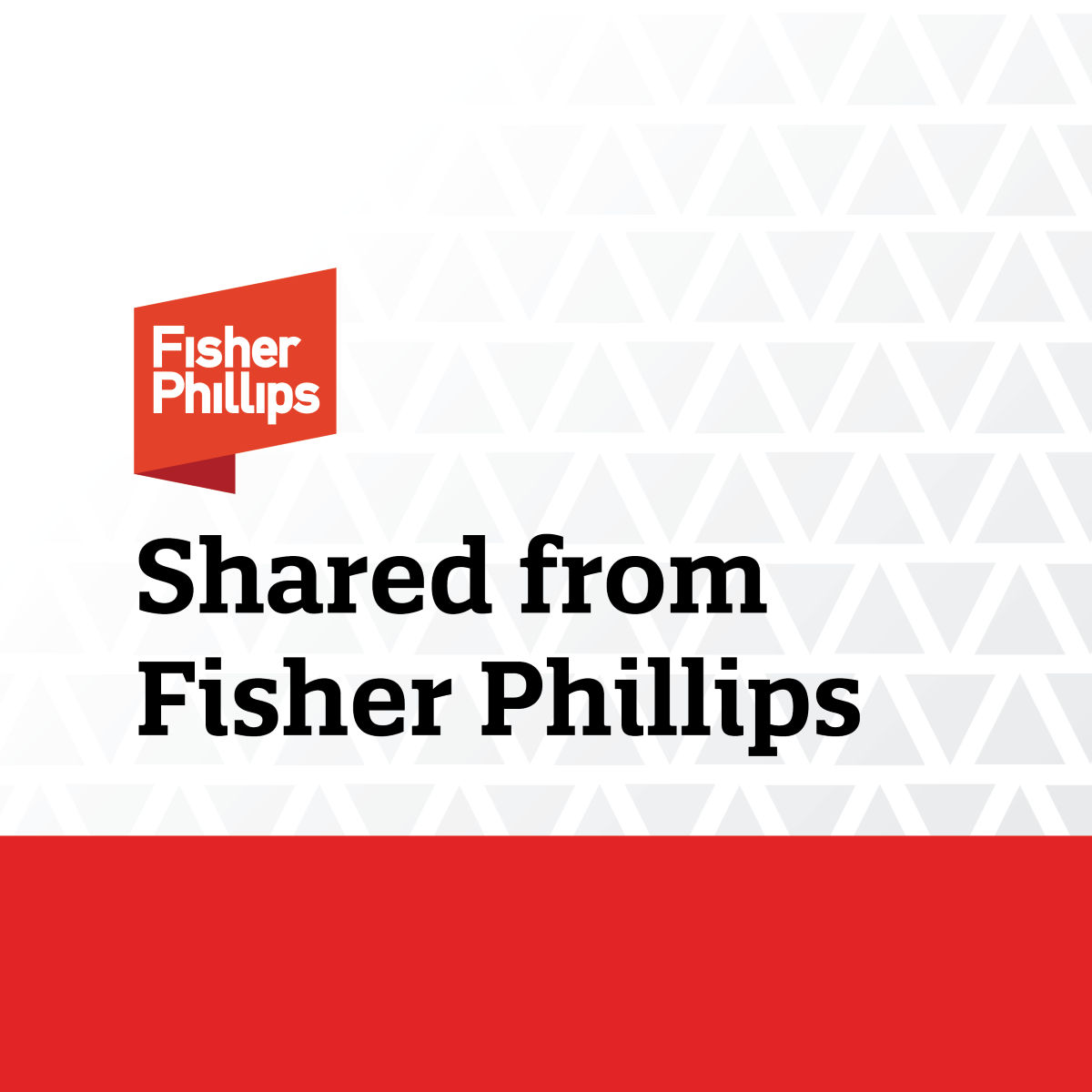"Where there is no vision, there is no hope."
– George Washington Carver
THE ART OF LEADERSHIP
Plant Vision, Harvest Hope
G.W. Carver’s Guide for Leaders Who Cultivate Minds, Nourish Community, and Renew the Soil of Progress Season after Season
I once watched exhausted sharecroppers brighten when they learned a worn-out field could bloom again with peanuts and patience. Vision is that seed: unseen at first, but alive with future meals. A leader’s first duty is to kneel in the dust beside the weary, point to the invisible harvest, and swear it can grow. Words alone won’t sprout; mix them with your blistered hands, and skeptics will test the soil themselves.
Next comes nourishment. Curiosity is fertilizer; sprinkle it freely. Invite questions about roots, rain, markets, and meaning. Trade rigid orders for practical lessons: rotating crops, mending tools, and recording yields. Each shared technique tells workers they own tomorrow’s bounty, not merely today’s labor. When people taste the dignity of mastery, hope sinks deeper than any taproot.
Finally, remember stewardship. Land, like talent, repays only what we return. Celebrate each sprout, then leave space for the next planter to improve the row. Ask your Team: which tired area, physical or personal, needs new seeds of knowledge? Commit together to restore it. The richest legacy is a field so well tended that strangers, yet unborn, will gather its fruit and bless names they never knew.
Walk rows today, ask one question to spark curiosity, share a tool that eases toil, leave hand trusting tomorrow’s harvest grows richer through care!
COMMERCIAL CONSTRUCTION
Google Expands Iowa Cloud Hub with $1.2B AI Build
Google’s $1.2B Iowa data-center expansion adds 600,000 sq ft, 4,000 build-to-suit jobs, and recycled-water cooling to feed Gemini AI surge
Google broke ground April 30 on the latest phase of its Council Bluffs campus, a $1.2 billion data-center hall that will swell the site’s footprint to 6 million sq ft, already the company’s largest in the world. Executives said the move is driven by a spike in Gemini AI traffic and the need to localize compute for Midwest cloud customers ahead of 2027 service.
Mortenson crews have begun auger-casting 5,500 concrete piles, while dual 250-MW substations rise on former soybean fields next door. Peak workforce is expected to hit 4,000 trades this winter as prefab electrical skids, 1.3 million feet of fiber, and 24 ammonia-free chillers are installed. A closed-loop system will clean and reuse 90 percent of process water, cutting annual Missouri River withdrawals by two billion gallons.
Iowa granted $100 million in sales-tax rebates and a first-in-state green hydrogen credit tied to Bloom Energy fuel cells that will shave peak grid demand 15 percent. Economists project the project will create 350 permanent tech jobs and inject $2.4 billion into the regional economy. Meanwhile, local schools will see a $50 million STEM endowment to graduate 500 data-center technicians over the next decade.
INFRASTRUCTURE INDUSTRY
Calcasieu Bridge mega-arch contract inked today!
Louisiana awards $2.1B design-build to Kiewit for Calcasieu I-10 arch, adding six lanes, bike path, 7,000 jobs, opening in 2032 to end decades of gridlock
Crawling traffic on the 1952 Calcasieu Bridge finally saw action Monday as Louisiana DOTD inked a $2.1 billion design-build with Kiewit. Rigs began driving test piles for a six-lane tied-arch featuring shoulders and a protected bike path linking Lake Charles with Westlake. Governor Jeff Landry dubbed the signing “gridlock’s last day.”
Arch ribs will be welded in Orange, Texas, barged upstream, and strand-jacked into position while cars keep using the 1952 span. At night, self-propelled transporters slide concrete deck panels onto the ribs, and a movable barrier will let crews flip an extra lane for hurricane evacuations without daytime closures.
DOTD projects 7,000 jobs and a 40 percent cut in peak delays when the arch opens in 2032, local tolls capped at $2, with under-eight-trip monthly users crossing free, underwriting a TIFIA loan. Old girders will become Gulf reef habitat; salvaged Art Deco rails frame a park overlook. As the first hammer rang, detoured commuters cheered the future.
RESIDENTIAL RESEARCH
OSHA Heat Rule Turns Sites Into Shaded Islands Now
New OSHA heat rule
80°F triggers water, shade, breaks; builders rush to redo schedules, budgets, and gear as hot summer jobs loom nationwide.
OSHA’s proposed Heat Injury and Illness Prevention rule moved forward on December 2 as comments were extended to January 14 and a June 16 hearing set, hinting at 2026 adoption. The draft activates at an 80 °F heat index, requiring residential sites to give water, shade, and 15-minute breaks, and to acclimate new hires. Employers would also track the daily heat index and post emergency response steps on site boards.
Sunbelt builders are already shifting. Dallas crews start at 6 a.m., pour slabs by noon, and lug misting fans, lifting labor costs 3 %. D.R. Horton now mandates portable cool-down stations for July starts. Contractors say losing one work hour beats $7,900in heat-stress claims seen last year. Crews rotate teams to keep pace
NAHB warns that the blanket rule could add $2,700 per crew yearly, yet unions have cited 121 heat-linked construction deaths since 2018 as a pushback. Analysts expect front-loaded schedules and more panelized walls to limit exposure while OSHA refines the text over the coming year.
TOOLBOX TALK
The Importance of Avoiding Overreaching on Construction Sites
Introduction
Good morning, Team! Today's toolbox talk highlights the importance of avoiding overreaching. Stretching or leaning excessively while working, especially on ladders, scaffolds, or elevated surfaces, increases the risk of falls and injuries.
Why It Matters
Overreaching leads to loss of balance, causing falls or dropping tools and materials, resulting in serious injuries or fatalities.
Strategies to Prevent Overreaching
Proper Positioning:
Always reposition ladders, scaffolds, or lifts closer to your work area rather than stretching your body.
Use Correct Equipment:
Choose equipment suited for your task to reach work areas safely.
Maintain Three Points of Contact:
Keep two hands and one foot, or two feet and one hand, in contact with your support at all times.
Plan Ahead:
Arrange tasks so materials and tools are within easy reach to reduce unnecessary stretching.
Stay Within Limits:
Follow manufacturer guidelines on ladders and scaffolds to avoid unsafe postures.
Discussion Questions
Have you experienced an incident or near miss due to overreaching?
How can we further improve our practices to avoid overreaching?
Conclusion
Avoiding overreaching prevents falls and injuries. Stay close, stay balanced, and always reposition safely.
Stay centered, stay safe!








